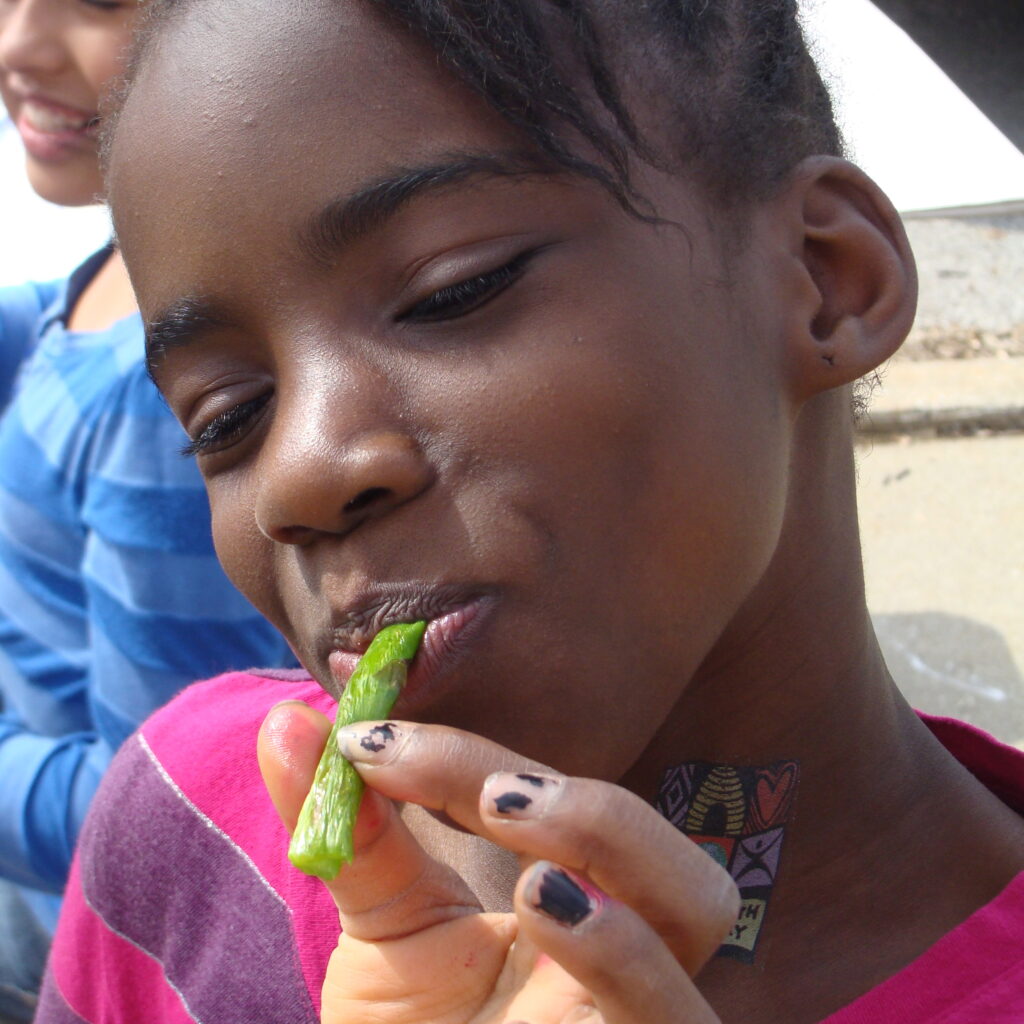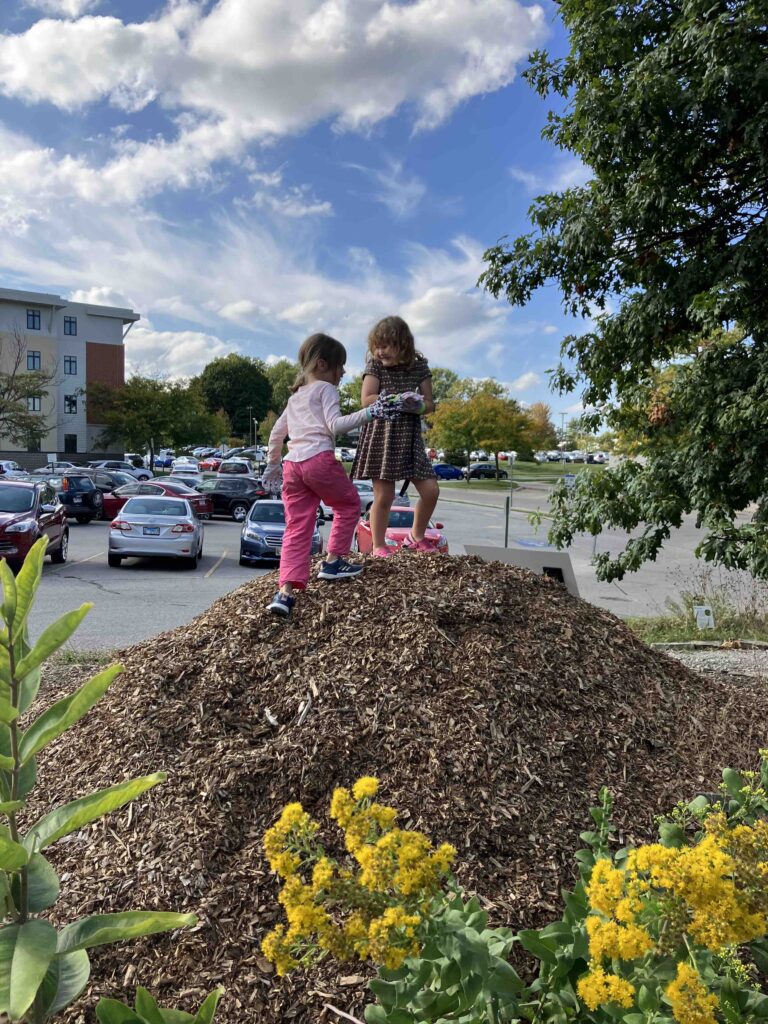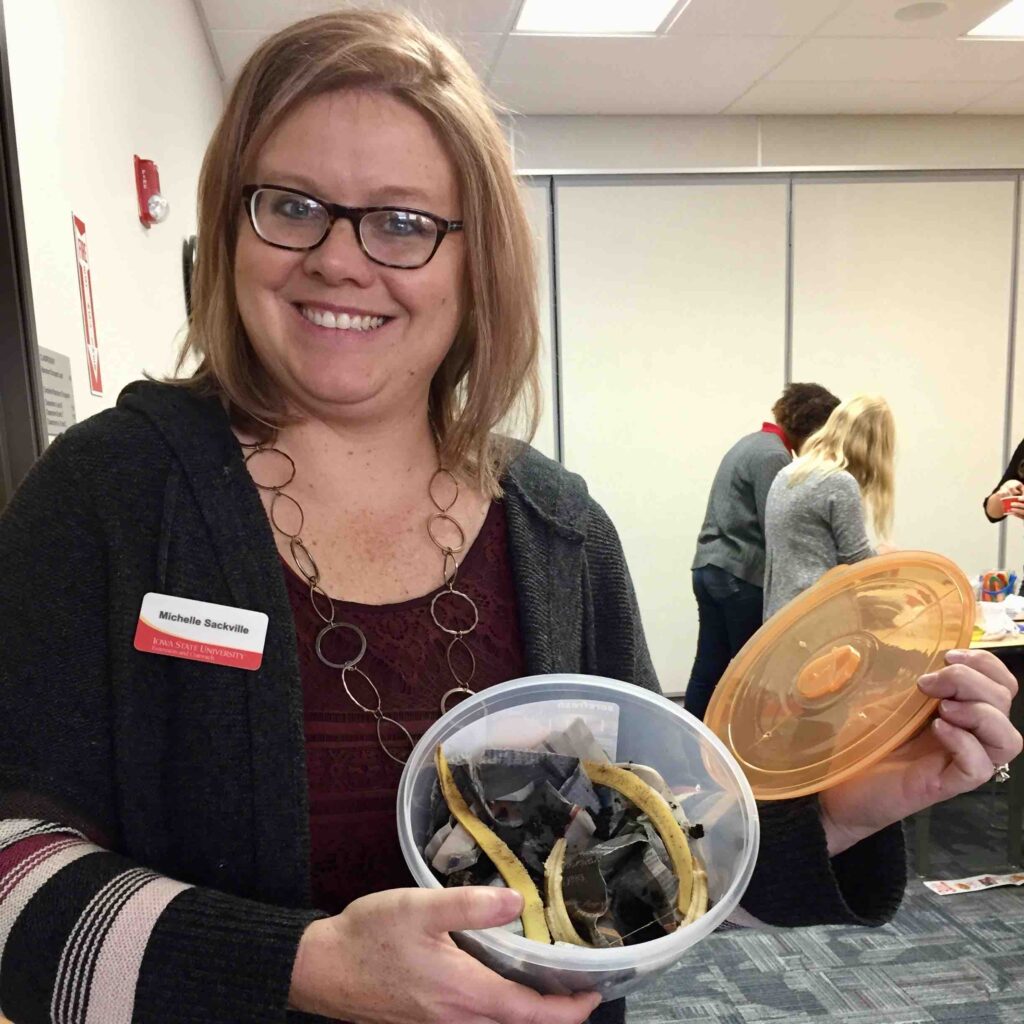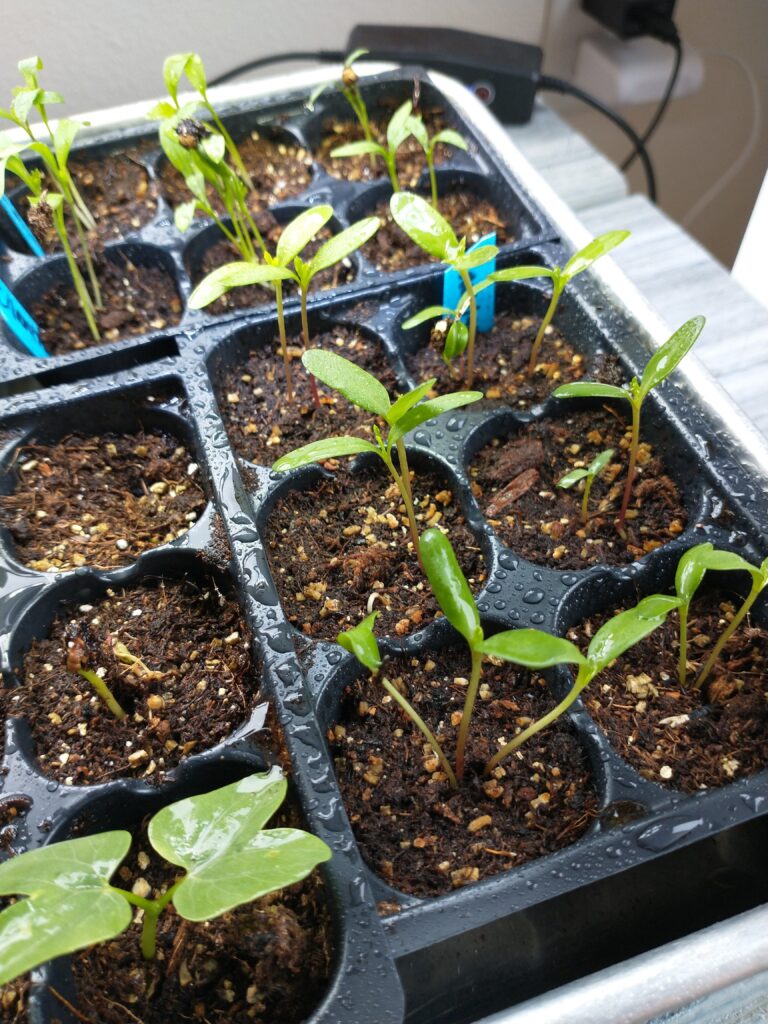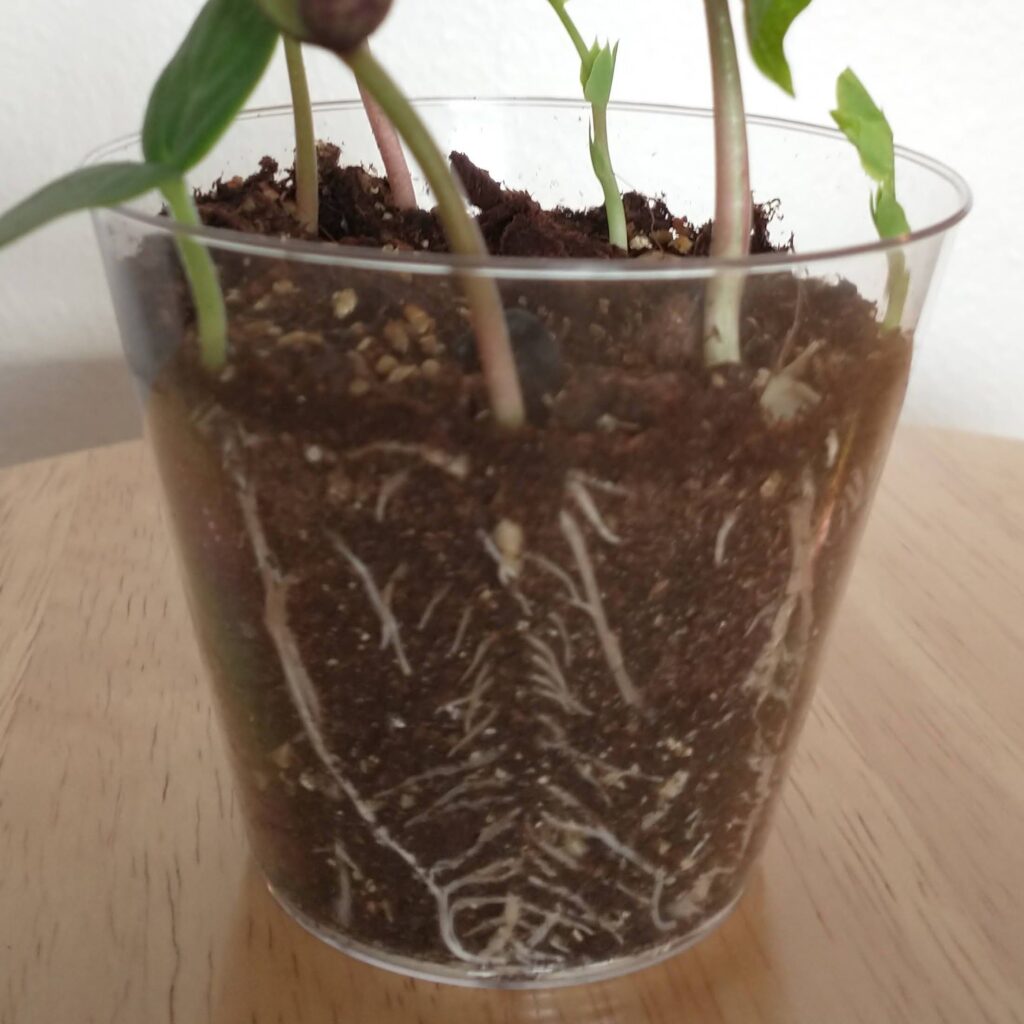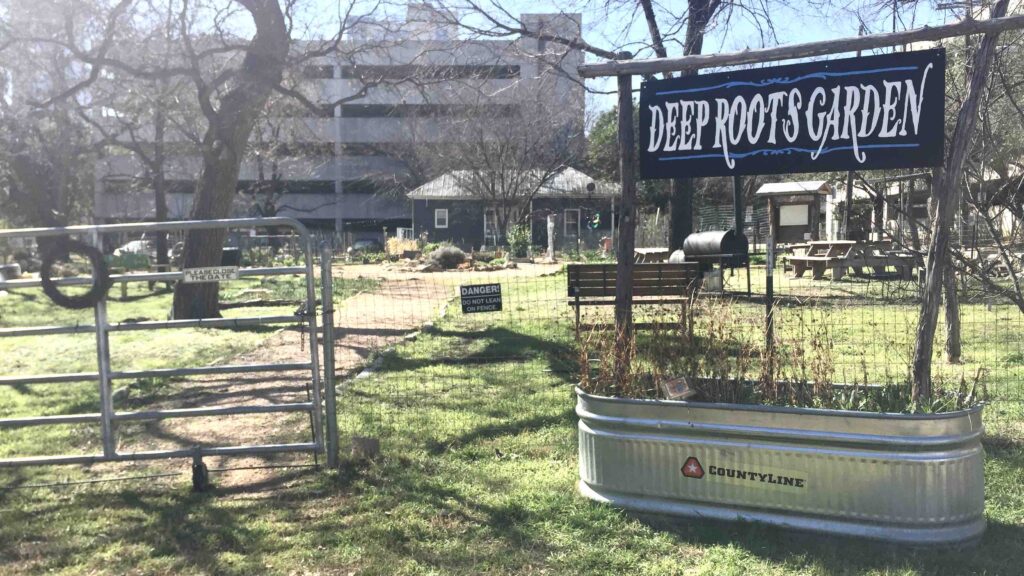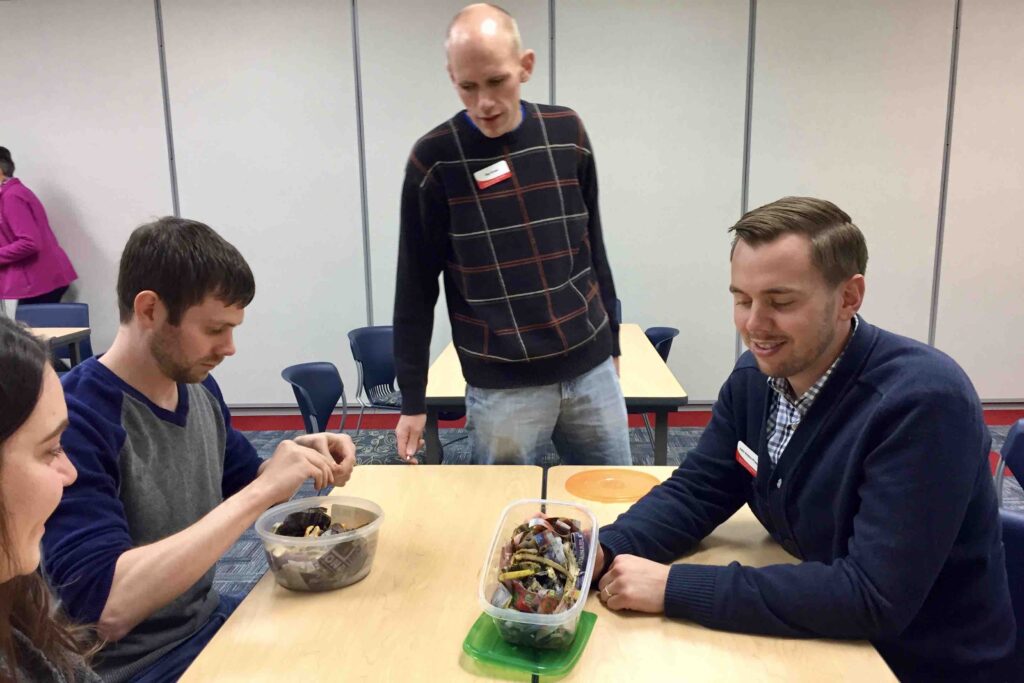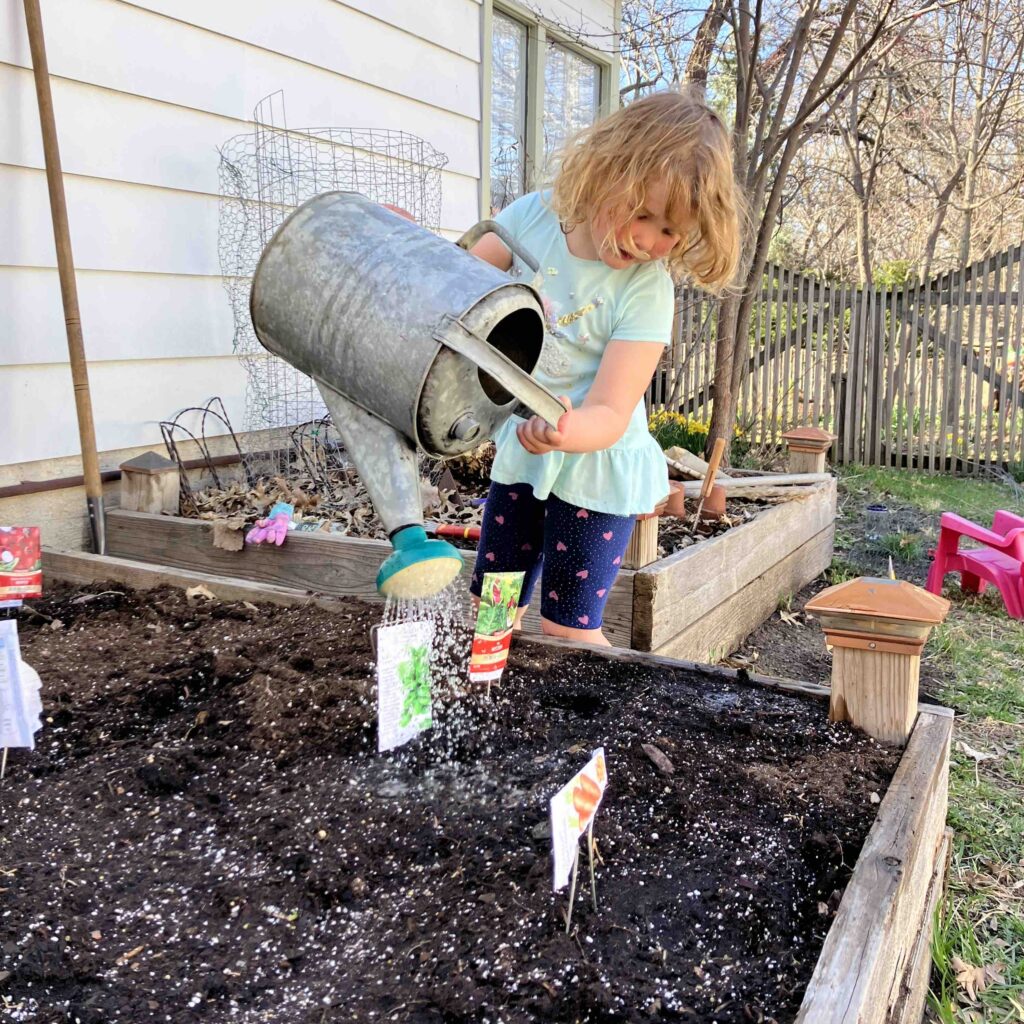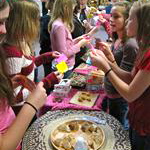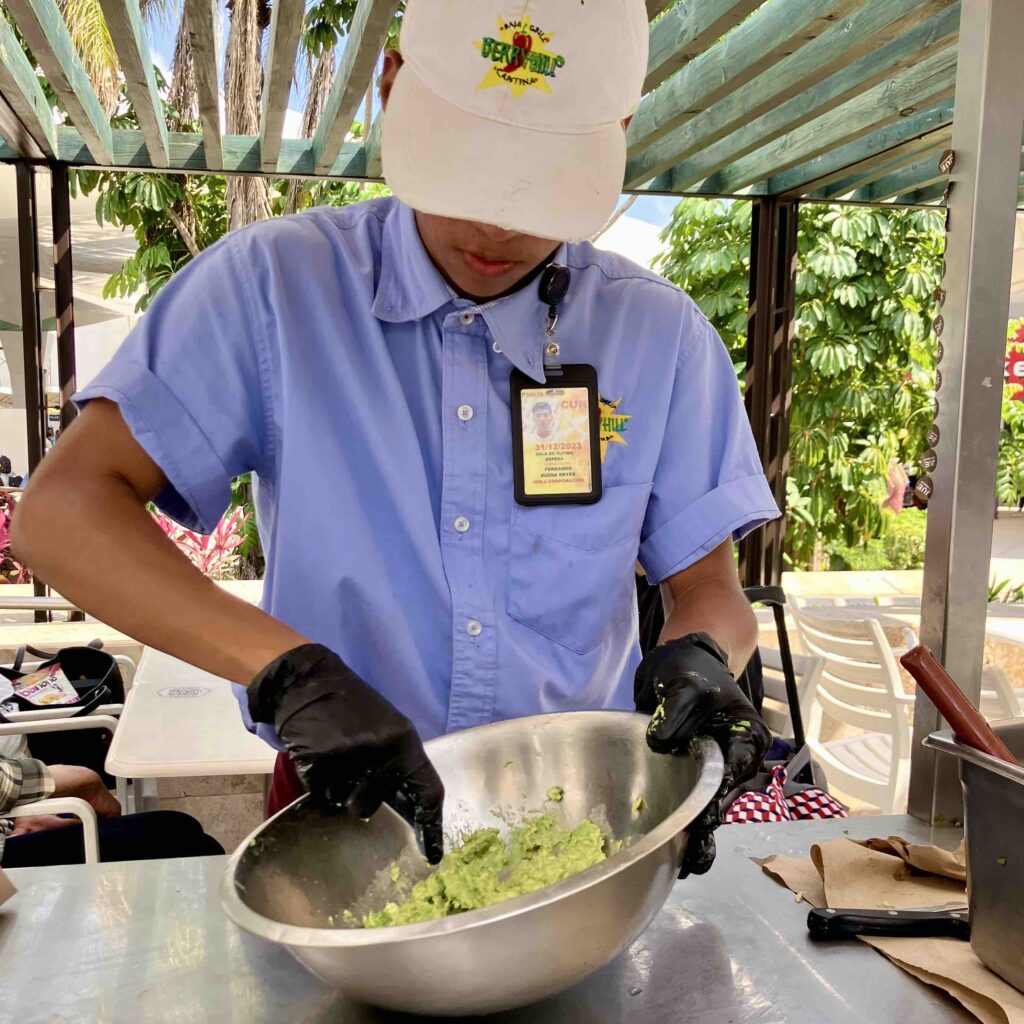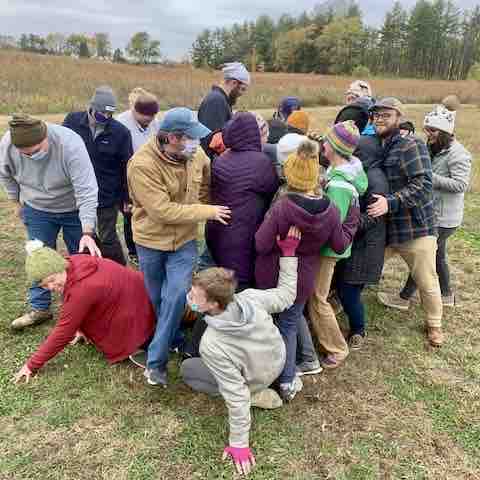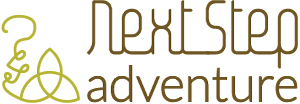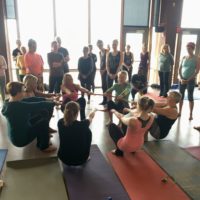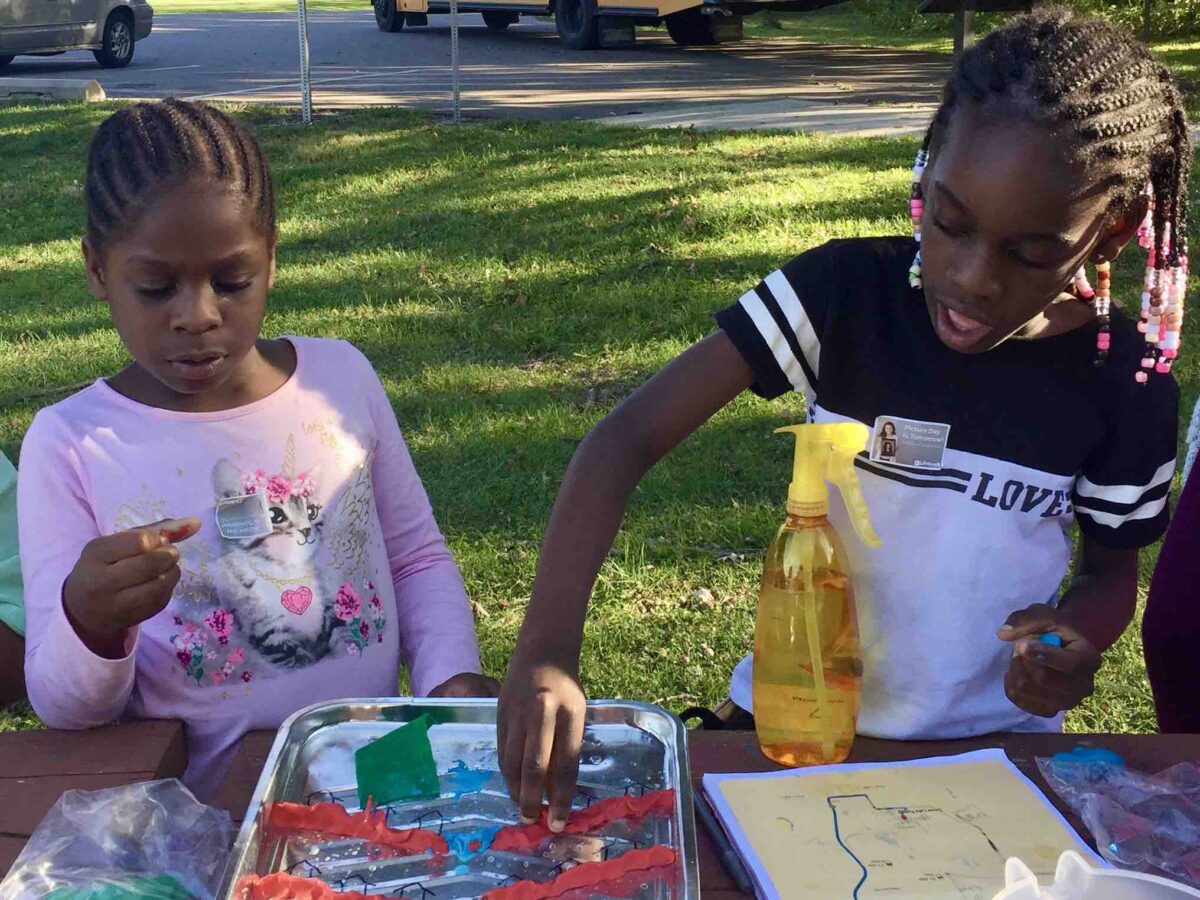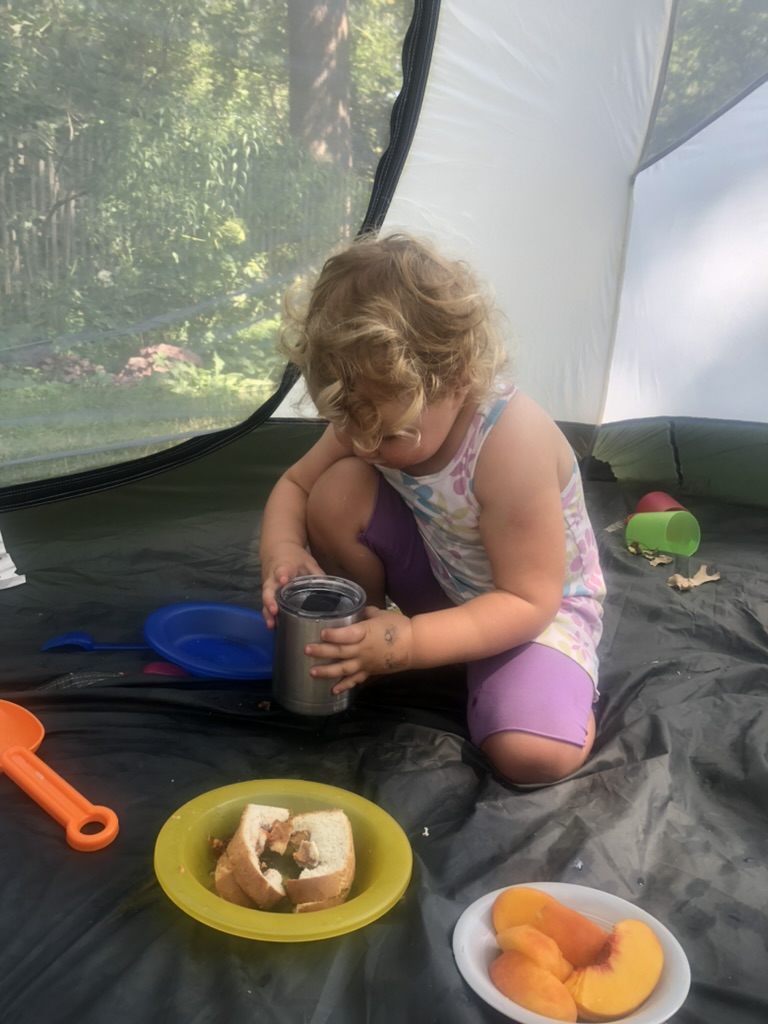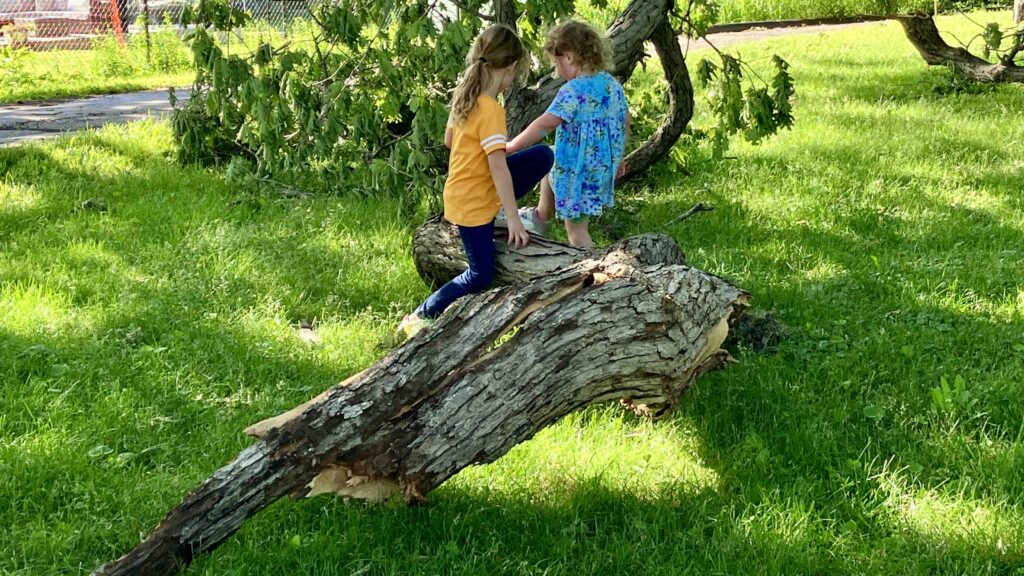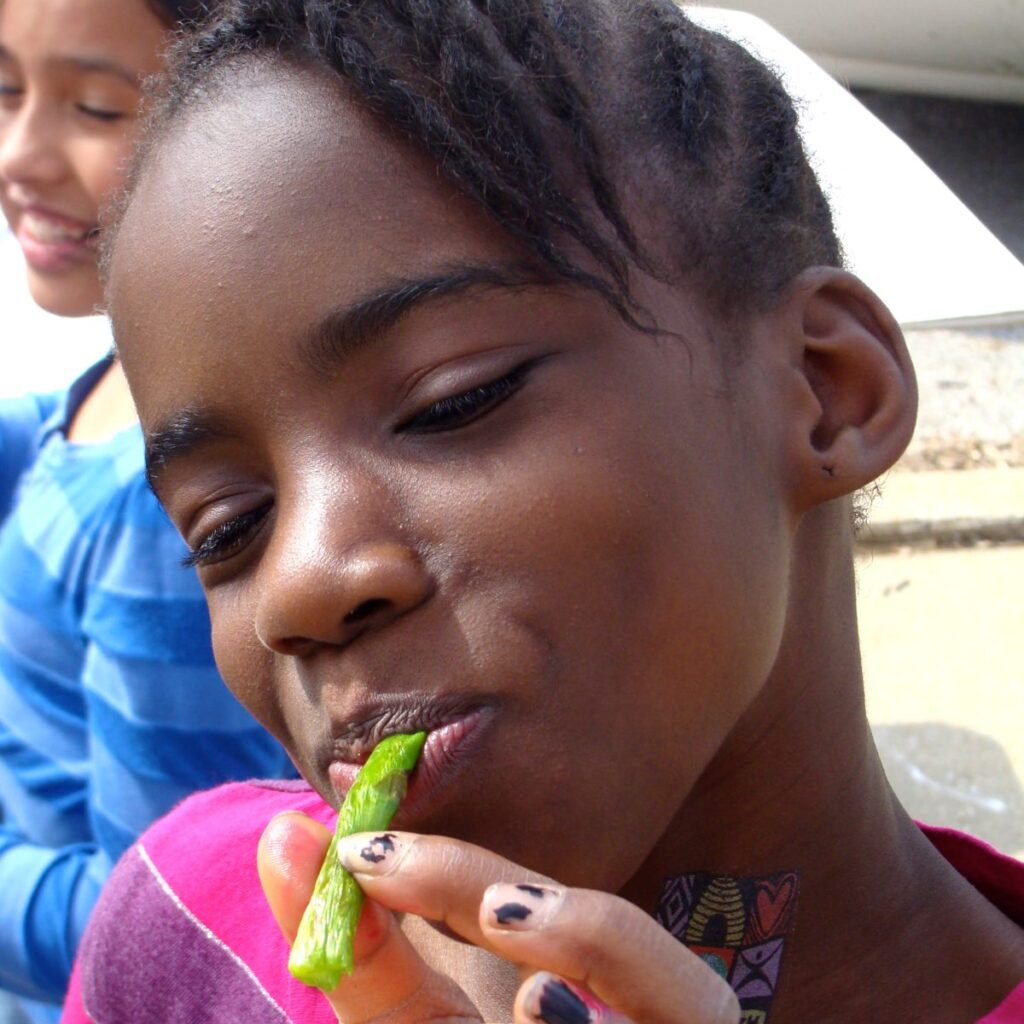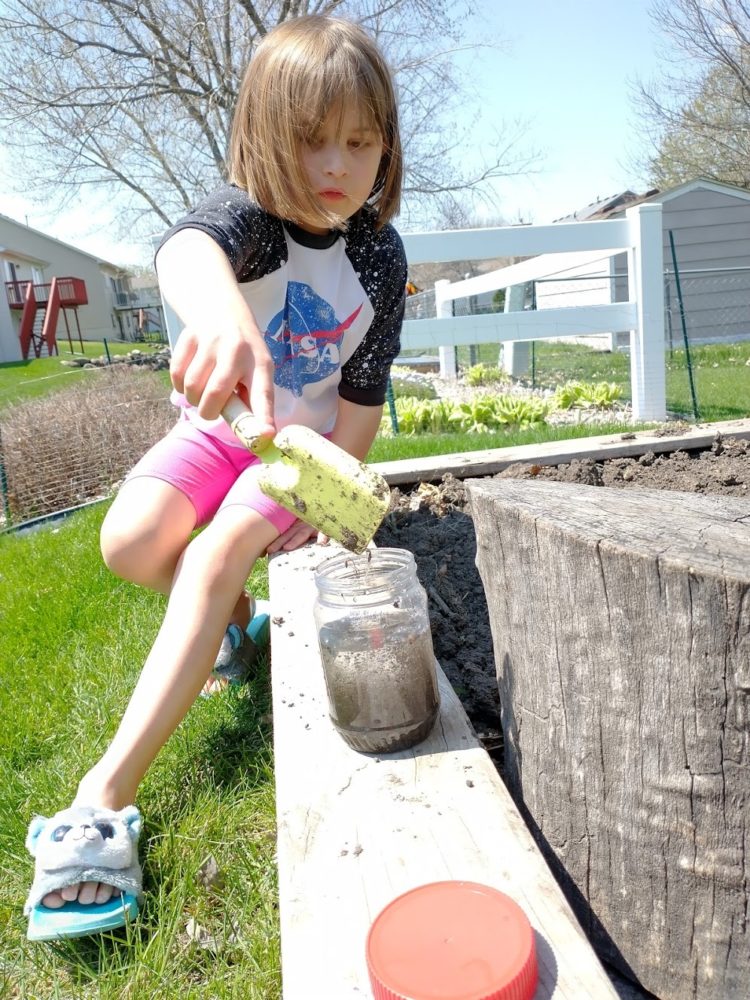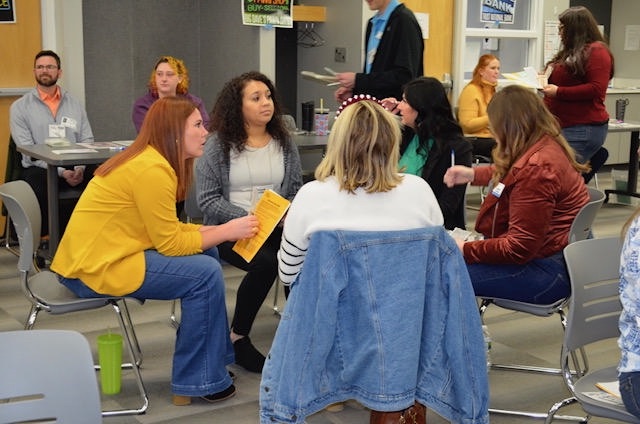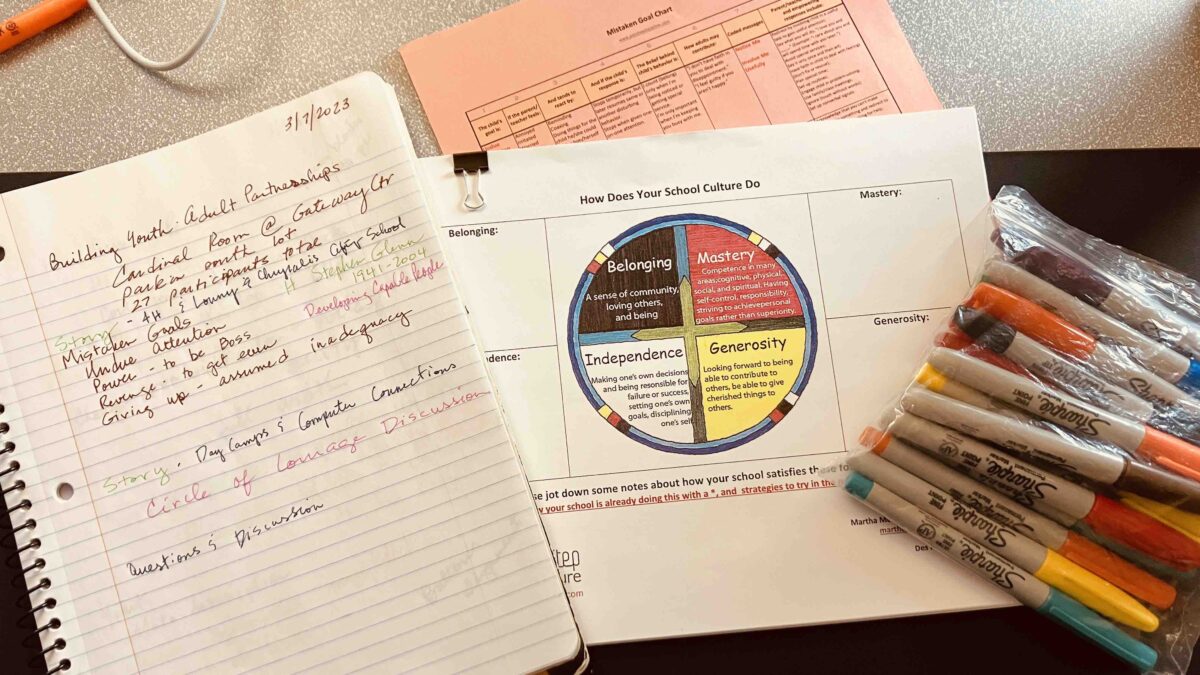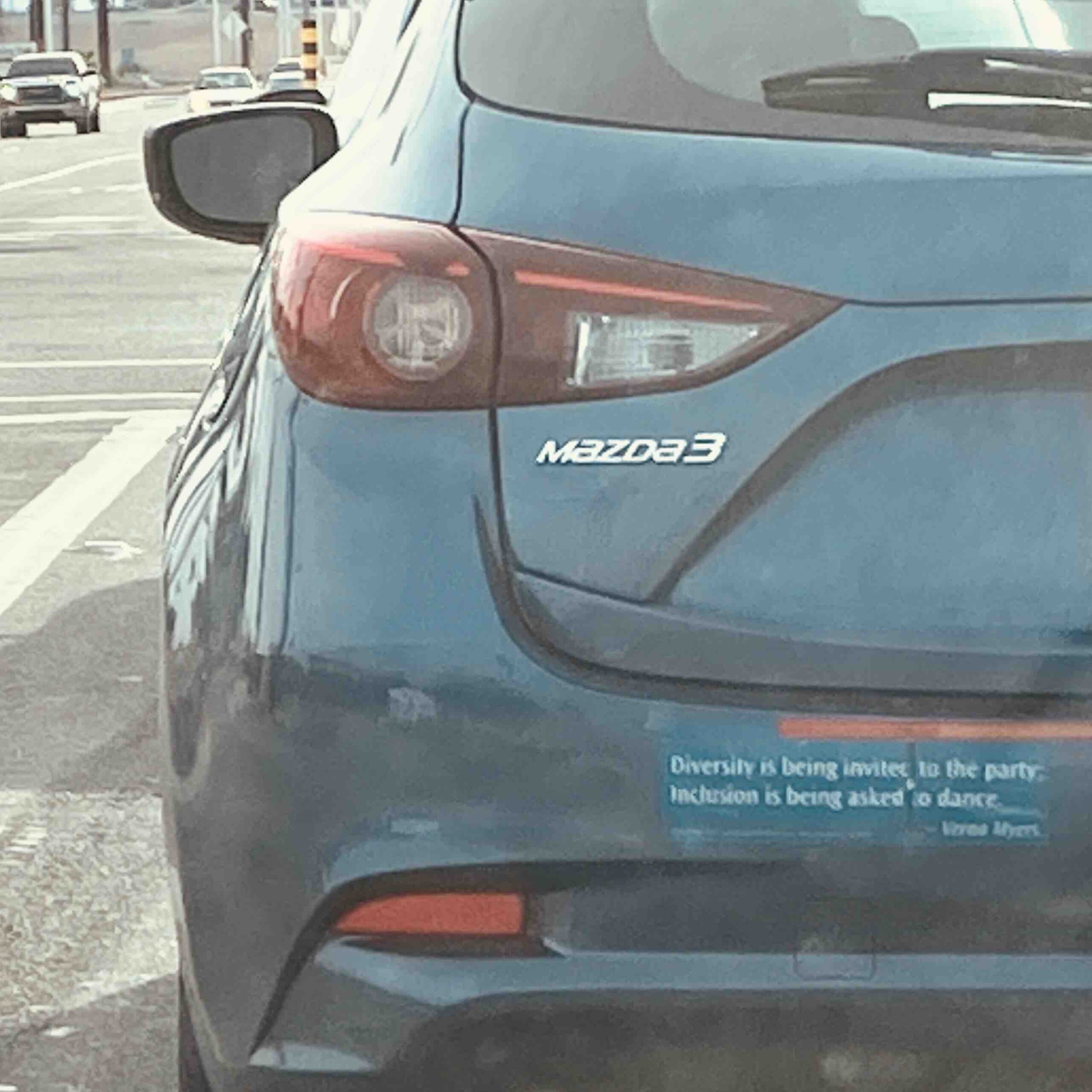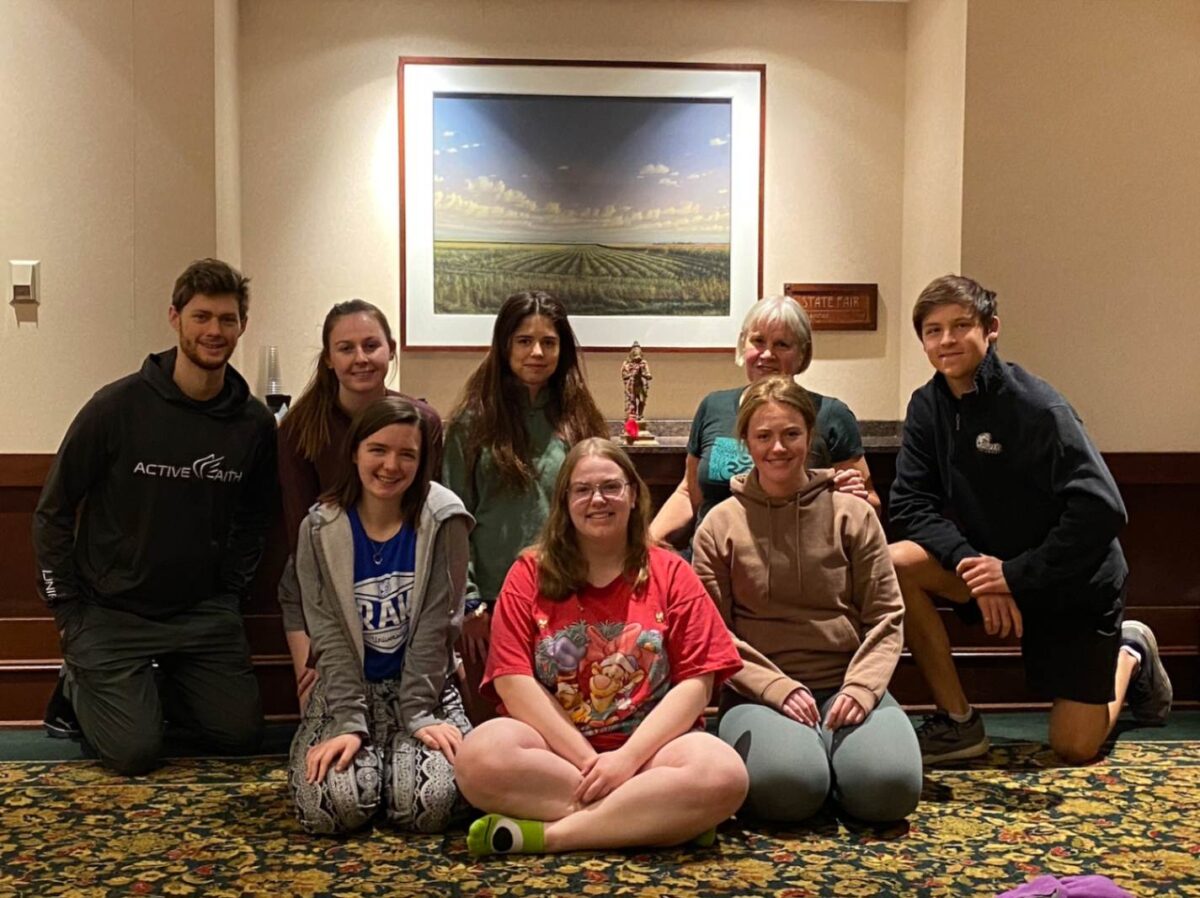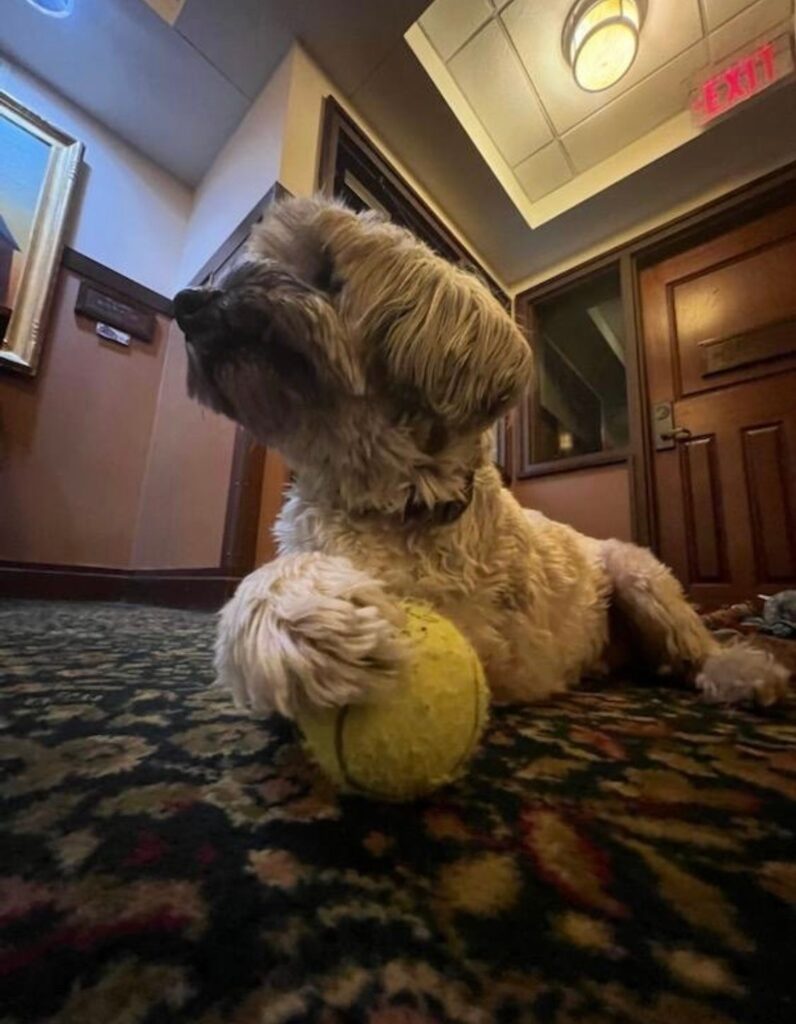Celebrate the Farm to School Movement
Kids and dirt go together, well like dirt on kids. These two kiddos are collecting roly polies in our raised bed garden. June has worked these beds since before she was one, but now she’s six, and her interest in gardening is overshadowed by dance, first grade, and playing pretend. Still, yesterday, she picked a Jimmy Nardello pepper and ate it all up. When kids grow their own food, they’ll eat it!
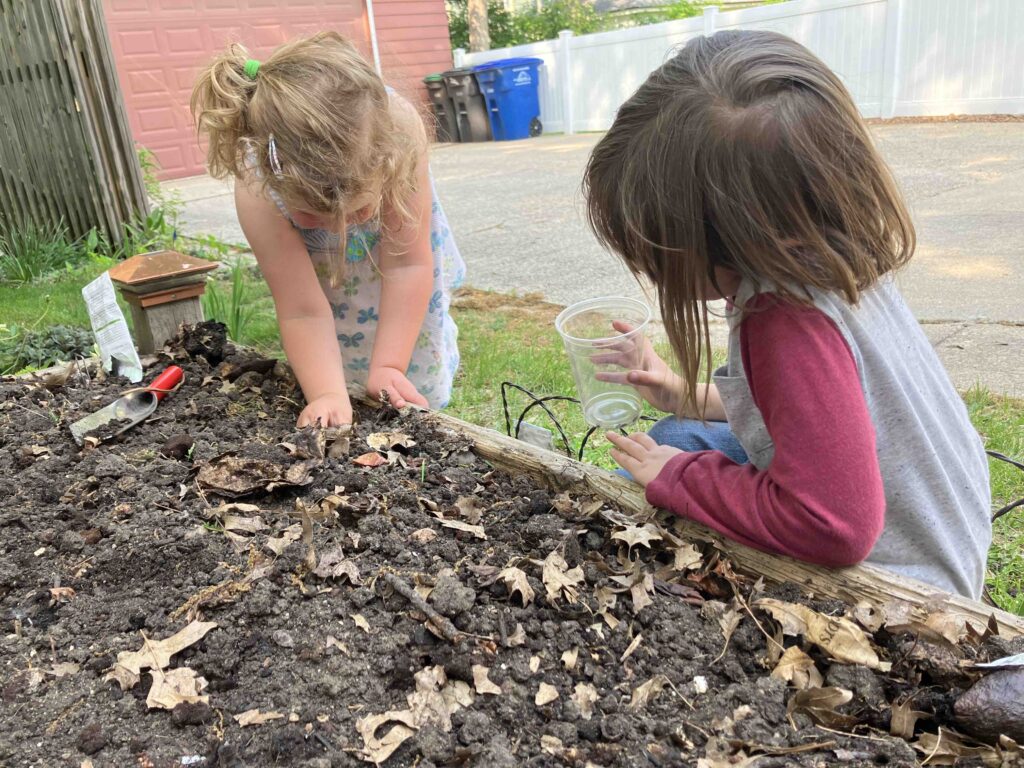

This is our very October garden with compost cage, volunteer pumpkin and squash. We still have potatoes and carrots to harvest. But our garden is only my personal part of Next Step’s contribution to the Farm to School movement. And the movement has really picked up steam in Iowa over the last several years. Next Step developed Teachers Going Green beginning in 2009 to help teachers connect gardening with the Iowa Academic Standards.
Since then we’ve worked with local schools in Des Moines, Waukee and Iowa City to name a few. Our focus is on the education–We developed School Garden 101, also for Keep Iowa Beautiful. We plan to make the Teachers Going Green lessons available on our website in the near future, with some updates to reflect changes to the Education Standards.
Sara Lockie and the rest of the team train teachers and other youth professionals to work with kids in the garden. One important thing to remember is that it’s not about the plants. It’s about the kids.
But we’ve branched out from developing activities and lessons to coordinating Iowa State University’s Farm to School & Early Child Care coalition statewide. These efforts will expand the Farm to School movement far beyond the reach of Next Step Adventure alone. This year they’ve set goals to develop resources and better access to already existing curriculum.
So join us in celebrating Farm to School month by listening to this podcast from the National Center for Appropriate Technology, imagining how YOU can help connect with local food, and have fun doing it.
